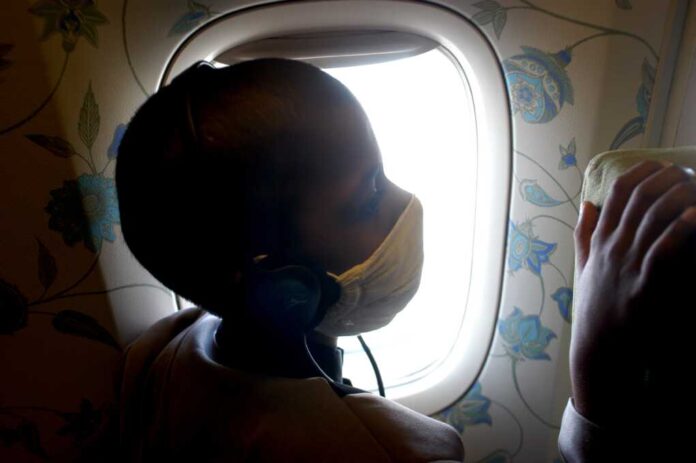
India is facing an alarming rise in cancer cases, projected to surge by 142% by 2050, making it the fastest-growing cancer crisis in the world.
Story Overview
- India’s cancer cases are expected to increase by 142% by 2050.
- Demographic transitions and lifestyle changes are major contributing factors.
- Middle-income countries like India and China are experiencing explosive growth in cancer rates.
- Aging populations and environmental degradation are critical risk factors.
India’s Rapidly Rising Cancer Rates
India exhibits the most alarming increase in cancer cases globally, projecting a 142% rise by 2050. China’s cancer incidence is expected to grow by 99% in the same period. India’s cancer burden is predicted to escalate from 1.46 million cases in 2022 to 1.57 million cases in 2025, marking a 12.8% increase since 2020. This surge is driven by demographic shifts, lifestyle westernization, and heightened exposure to cancer risk factors amid rapid socioeconomic development.
The demographic transition in India is a significant factor, with its population growing and aging simultaneously. This shift results in a larger segment of the population being at higher risk for developing cancer. Moreover, the decline in fertility rates and improvements in life expectancy mean that more individuals are living into older ages where cancer risk is elevated.
This nation has the fastest rising rate of cancer cases — and deaths — in the world – NPR https://t.co/0SDiCqOTIs
— Patricio V. Marquez (@Pvmarquezl) October 23, 2025
Contributing Factors to the Crisis
Lifestyle changes associated with westernization have introduced new cancer risk factors in India and China. Tobacco use remains the leading preventable cause of cancer, significantly contributing to the rising cancer rates in these nations. The prevalence of obesity is also increasing as dietary habits shift towards processed foods, and sedentary lifestyles become more common. Environmental degradation, particularly air pollution, is another critical factor. It is classified as a human carcinogen for lung cancer, with urbanization and industrial emissions exposing large populations to this risk.
Watch:
Key Stakeholders and Their Roles
National health authorities in India, such as the National Cancer Registry Programme (NCRP), collect data and monitor cancer trends. International entities like the World Health Organization’s International Agency for Research on Cancer (IARC) provide standardized global cancer statistics. Healthcare providers face immense pressure as patient volumes increase, while pharmaceutical companies explore new markets for cancer treatments. Government policymakers must allocate resources to address the escalating crisis, balancing cancer control with other health priorities.
Implications and Future Outlook
The short-term implications include healthcare systems in India facing immediate capacity crises as cancer patient volumes surge. Financial burdens on patients will intensify, often leading to medical bankruptcy. Workforce shortages in oncology will worsen as demand outpaces training capacity. Long-term, the projected 77% global increase in cancer cases by 2050 will reshape global health priorities and resource allocation. Economic productivity losses will escalate, and healthcare financing models will require complete restructuring to sustain treatment demand growth.
Sources:
Oncodaily
PMC Article
PMC Article
World Population Review


















